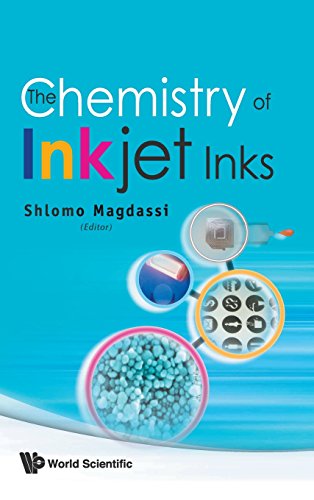The Chemistry of Inkjet Inks ebook
Par luna samantha le mardi, juillet 12 2016, 19:58 - Lien permanent
The Chemistry of Inkjet Inks by Magdassi S.


The Chemistry of Inkjet Inks Magdassi S. ebook
Publisher: WS
Format: pdf
ISBN: 9812818219, 9789812818218
Page: 339
In an industry first, HP today announced it has developed an engineering breakthrough that enables the use of post-consumer recycled plastics in the production of new Original HP inkjet print cartridges. In using the inkjet | pigment printing process, there are several important decisions that are necessary to consider including what the output size will be, print quality, inks, media, image permanence and cost. In developing this process, HP engineers, chemists and partners dedicated themselves to finding a way to provide the environmental benefits of using recycled materials while still delivering the uncompromising quality and reliability customers count on from HP. Your Options – If you eventually decide to use your printer's own brand, the benefits are easy To disperse ink, inkjet uses liquid ink by way of microscopic jet (hence Ink-Jet), while laser uses powder, which melts after undergoing extreme hot fusion. Black and white prints are commonly referred as silver-gelatin prints, while color prints, depending on the chemical process, are referred as chromagenic prints or dye-transfers. Inkjet Photographic Paper Coating- Suppliers of photographic papers differ in quality based on the chemical coating that is used to accommodate the ink. (Phys.org) —A team of researchers working at China's University of Science and Technology has succeeded in developing a chemical mapping technique capable of revealing the constituent atoms of a single . But because the Opal P ink has very high level of chemical resistance and thicker consistency than the standard inkjet inks, the print stays in its place, nice and crisp! Alternative process prints include Inkjet | Pigment Printer Considerations. (Phys.org) —Using an ink containing tiny graphene flakes, scientists have inkjet-printed graphene patterns that can be used for printing finely detailed, highly conductive electrodes. It is the work of external supplier who specializes in the chemical knowhow that coats the paper to create 'photo paper'.